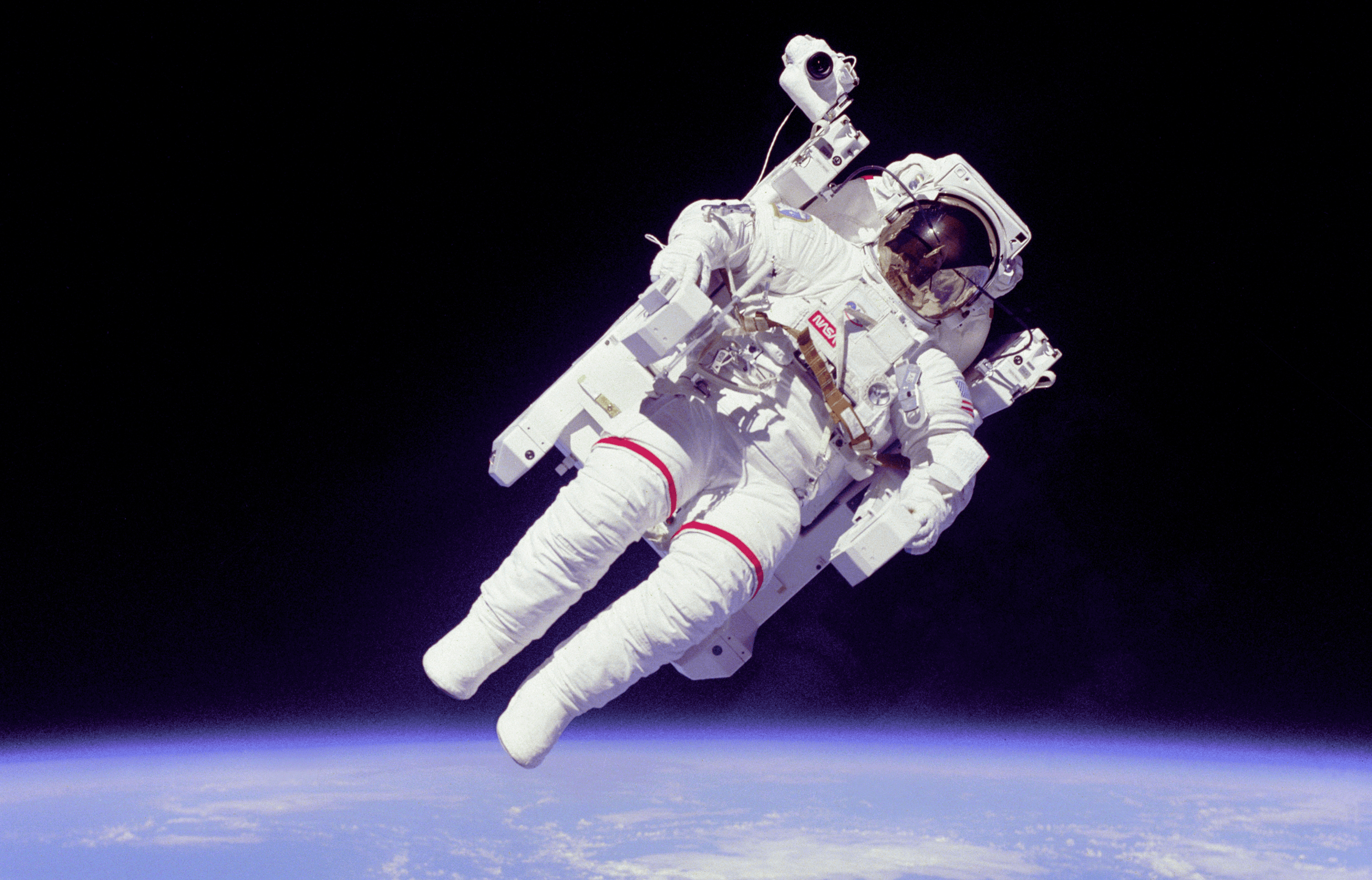
Spacesuits are a fundamental tool for keeping astronauts safe in space, but the protection they supply is often mistaken, exaggerated or romanticised in science fiction.
Spacesuits are garments worn by astronauts to survive the harsh conditions of outer space. They should be thought of as a single-person spaceship. They are built to protect astronauts from the low pressure and the staggering temperature gradient, while supplying oxygen and allowing freedom of movement. For this reason, they are generally inflated to a third of the normal atmospheric pressure and filled exclusively with oxygen.
2 to the power of 267709 to 1 against
When it comes to what happens to the human body in space without a spacesuit, there’s only a handful of books that get it right. Humans are resilient, and life likes to be adaptable.
You can survive in space for up to a few minutes (depending on our apnea abilities) if the right conditions are met. In a vacuum the human body would expand to about twice the size, giving us a bodybuilder aspect and not the crazy faces of Total Recall. Oxygen starvation starts after about 15 seconds for a non-trained person. You wouldn’t freeze either. On Earth, heat is transferred out of the human body through radiation (we emit infrared light), and through evaporation of water from our surface (you can make sweat sound fancy with Science), and through the movement of air around our body. When there’s no air and the surface, liquids evaporate too quickly due to the near zero pressure (your blood won’t boil). We would continue to lose heat by emitting radiation, and that would take a while.
But perhaps asphyxiation is not dramatic enough. There are dangers in space: debris, radiation and temperature changes. The Earth is surrounded by a huge amount of space junk: as of 2009 over 300,000 pieces larger than 1 cm are estimated to exist within the distance of 2,000 kilometres from the Earth’s surface, including a spatula. But the more worrisome things are the objects less than 1 cm in size. Everything within our orbit is moving at the staggering velocity of 6.6km/s making them not only dangerous but deadly. Even if we don’t get into a Cuaron’s ‘Gravity’ scenario, a pierced suit could seal the fate of an astronaut, and be just as fatal as getting hit in the head by a space spatula.
Radiation is another problem. While around the Earth (and sometimes on the Moon) we are protected by the Earth’s magnetic field. In the depths of space, charged particles can create problems in two ways:
By reacting with the water in the human body to produce free radicals (that break DNA molecules apart)
By breaking the DNA molecules directly.
A moderate temperature range is required for people to survive. Space has a huge thermal shock, jumping between -230 and 120 °C. Your body might resist long enough for you to die from lack of oxygen in the shadows, but the Sun will burn you if you step out of it.
The Future of Space travel.
I find it puzzling that very few sci-fi authors have looked at how space suits are being improved, especially since it seems like they’re going to look much sleeker and form fitting, to allow for better compression and more freedom of movement for the wearer.
This concept can be easily used in sci-fi. It would certainly be visually pleasing to see actors running around an alien landscape in skin-tight suits, and attaching components to it for survival and combat. Unless the creator of the movie / book / comic / game intends this science fiction to draw heavily from our past ideas and concepts, then this sort of Space Suit should be adopted by the Sci-fi genre in order to provide a closer hint towards the real future of space-wear.
We can’t guarantee a safe flight to Mars, so a new suit is not a priority yet. However, when spacecraft will be able to guarantee a radiation-free journey to the red planet, then we will need a suit capable of withstanding a wide range of environments and dangers. Material scientists will be allowed to go nuts with them, using the most advanced materials to construct a wearable, reliable, safe and durable shield from the terrors of outer space.
